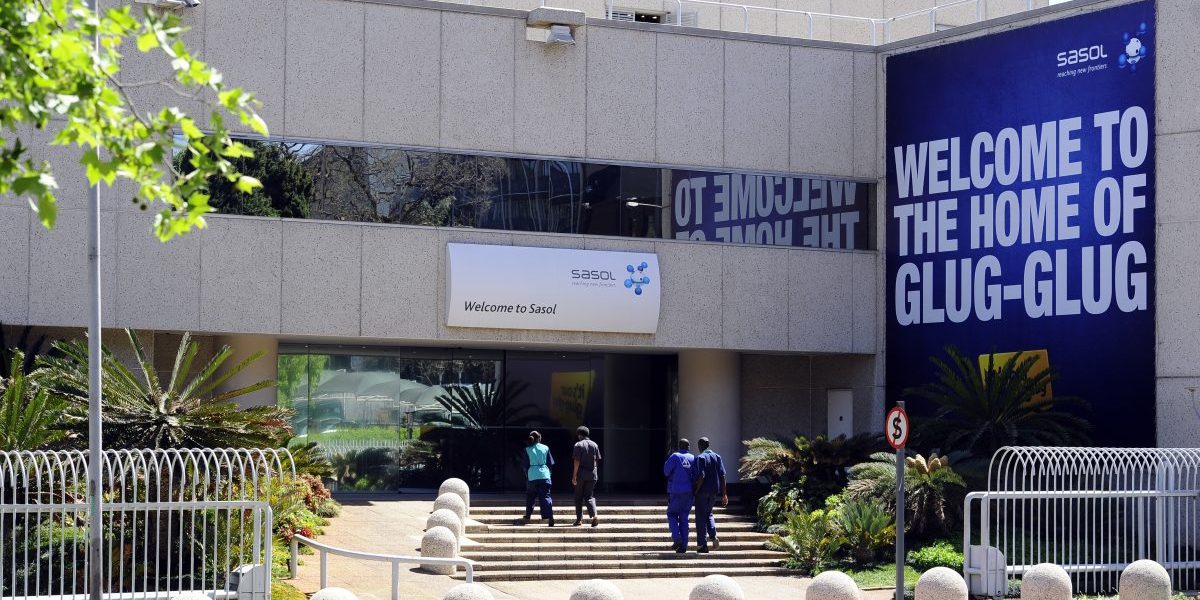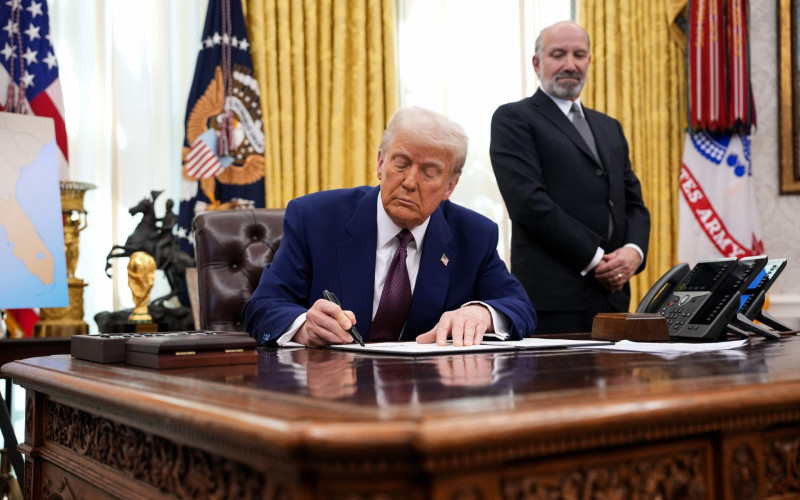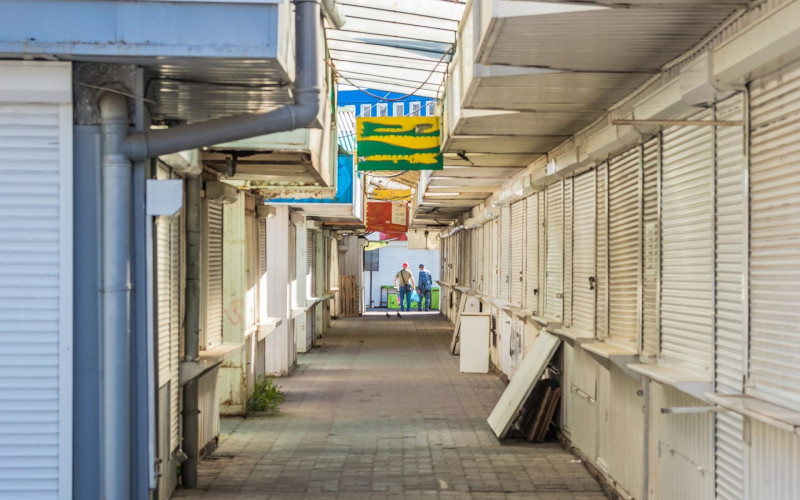South Korea’s new ambassador to SA, Jong-Dae Park, recently published a seminal study on how South Korea industrialised and what Africa can learn from his country about how to drive economic development.
He makes the important point that economic development is the result of the people and the government working “conscientiously” with a common purpose.
“So the real question lies in the intent of sub-Saharan African nations. How much do African leaders, elites and the general public want to see change? What is the thinking of political leaders and are they really prioritising national development, or are they more interested in amassing wealth for themselves and simply staying in power as long as they can?” Park asks.
These simple questions go to the heart of sub-Saharan Africa’s development challenge: poor and selfish political leadership. The last time African leaders had a common purpose with the mass of the people of Africa was in the 1950s and 1960s during the struggle against colonialism. Since independence, Africa’s leaders have focused on self-enrichment through exploitation of political office. This has resulted in the huge development gap appearing between African countries and East Asian and Southeast Asian countries during the past 50 years.
Africa has a huge endowment of natural resources, but African governments have failed to manage their exploitation so it benefits their countries and people. African economies are thus dominated by primary product-producing enclaves created by foreign resource companies whose products they export to the outside world in an unprocessed state. These have minimal linkages to the domestic economies beyond payment of royalties and other taxes. For example, all their production equipment, from oil rigs to tractors to computers, is imported from outside Africa. These enclaves also contribute to environmental disasters, for example in the Niger Delta in Nigeria.
Park describes the roles played by Asian governments as the following: “1. The restructuring of agriculture as highly labour-intensive household farming to maximise output alongside land ownership reform that provided land for small farmers; 2. Using the proceeds from surpluses in agriculture to build an export-oriented manufacturing sector; and 3. Intervening in the financial sector to direct capital towards the small-farming and export-oriented manufacturing sector.”
Park devotes a great deal of energy and space to explaining how his country industrialised. He also goes to great lengths to explain to Africans that there was nothing mysterious about South Korea’s formidable industrialisation achievement that Africans cannot also do.
While many of Park’s recommendations of what Africans could do to develop their economies are highly commendable, he understates the key circumstances that compelled Korea’s military-led government, the civilian elite generally and their US allies to undertake the big push to develop the country’s manufacturing industries.
This can be summarised by one word: fear – fear of communism in North Korea, China, Vietnam and Russia. Africa’s elites, on the other hand, did not have communism to fear so they were under no compulsion to undertake the hard work and sacrifices necessary to industrialise their countries.
The most industrialised country in Africa is SA, which industrialised between the 1920s and 1990s, also because of fear. SA’s then white governing elite received a shock in March 1922 when white workers, in collaboration with the white underclass (“poor whites”), initiated an armed insurrection against the Smuts government and mining companies. The conflict was triggered by mine owners who, in an attempt to reduce costs, decided to dilute job reservation practices by opening certain job categories reserved for white workers to blacks. In the uprising that ensued 200 people were killed and 1,000 injured. The government declared a state of martial law and brought in the air force and artillery to crush the white insurrectionists.
The uprising by white workers in partnership with the white unemployed urban underclass drove home the message to the white governing elite that it had to create employment for poor whites if the insurrection of 1922 was not to recur. So from the 1920s, the SA government embarked on employment creation for whites through the establishment of state-owned enterprises (SOEs). The flagship of the first phase of industrialisation was the establishment in 1928 by an act of parliament of the Iron and Steel Industrial Corporation (Iscor), which started producing steel in 1934. SA Railways and Harbours, an SOE established in 1916, was also reorganised and coloured workers were replaced with whites.
The second phase of industrialisation occurred in the 1940s, assisted by the British and driven by the need to equip SA’s armed forces in East and North Africa. The third phase started in the 1950s, driven by fear of international sanctions as a result of the then government’s apartheid policies. Newly independent India, as well as Ethiopia, were vocal at the founding of the UN and demanded action by the new world body against the white SA government. The fear of international sanctions led to a drive of import substitution industrialisation policies.
The flagships of this industrialisation phase were the creation by the state of chemical company Sasol and later of Armscor, which drove the building up of the country’s armament industry. During this phase SA also developed a battery of tariff protection laws that protected those who decided to invest in the country’s manufacturing industries.
The advent of democracy removed all the fears that had forced the white elite to industrialise the country. SA’s new black elite had nothing to fear. There were no more poor whites, as virtually all whites were in full-time employment, and poor blacks were placated with social grants and the vote. There was no likelihood of a world war, thanks to mutually assured destruction ushered in by nuclear weapons; there was no threat of international sanctions as SA had a model constitution envied by many; communists were sitting comfortably in the back pocket of the governing elite; and trade unions were in a shambles due to divisions, and were paralysed after the killing of 34 striking platinum miners in August 2012 by the democratic government.
Result: during the past 20 years SA has been undergoing relentless deindustrialisation. With no pressure from anywhere, SA’s elite has joined the governing elites in the rest of Africa in living large and consuming imports paid for with the export of raw materials, especially metals and petroleum as well as agricultural products.
Not all is lost for Africa though. The one part of Africa where threats to the elite have emerged and are persisting is North Africa. The Arab Spring, which started in Algeria in the early 1990s, persists despite having been put down with unspeakable savagery by the National Liberation Front regime. There are also one or two other countries in sub-Saharan Africa — Rwanda and Kenya — that have persistent conflicts that can recur on even greater scale.
One of the main drivers of the Arab Spring was unemployment, especially graduate unemployment. The message should be clear to the governing elites in North Africa and the conflict-prone parts of East Africa: industrialise. Park’s book should be required reading in Africa’s high schools and universities.







